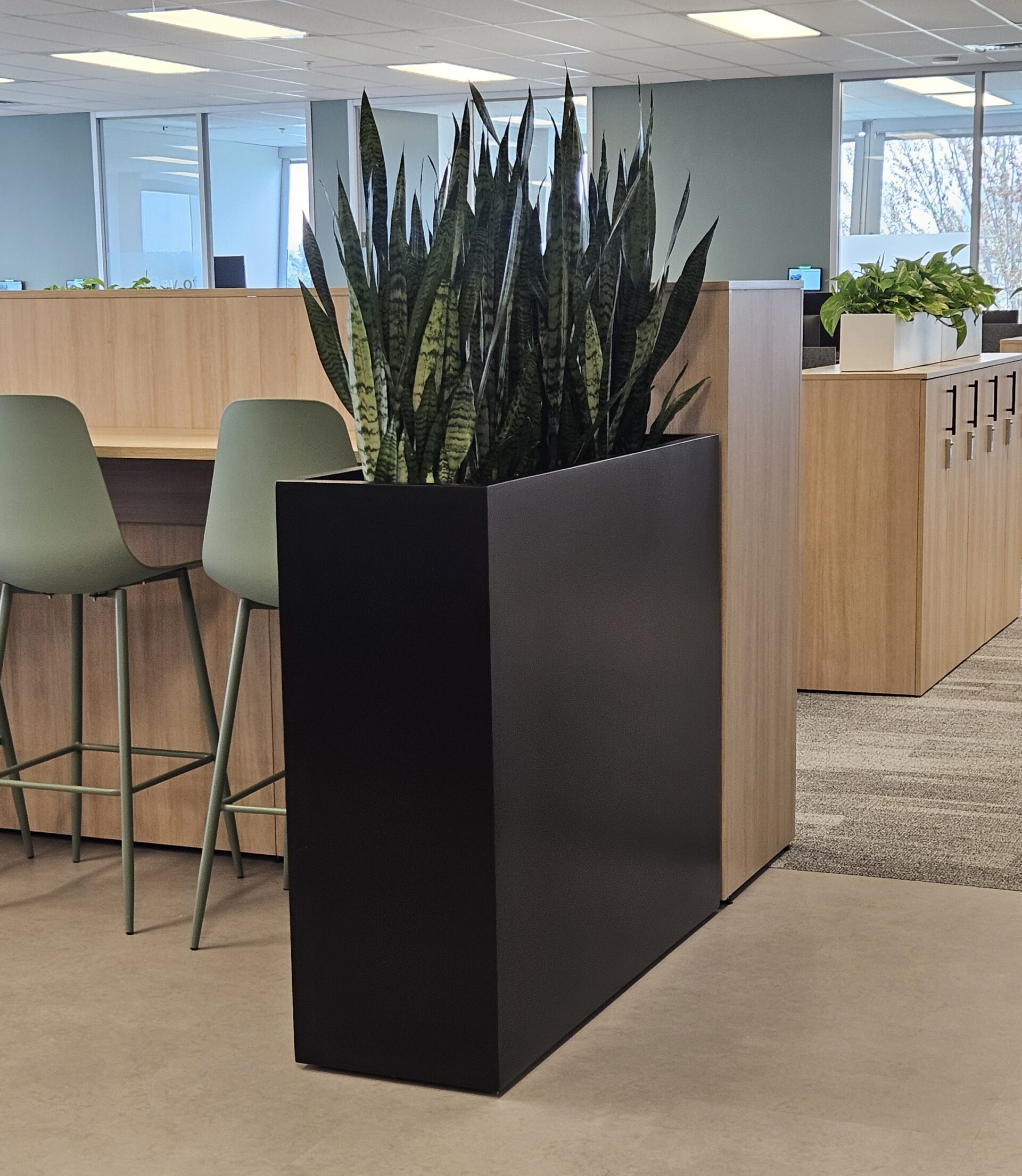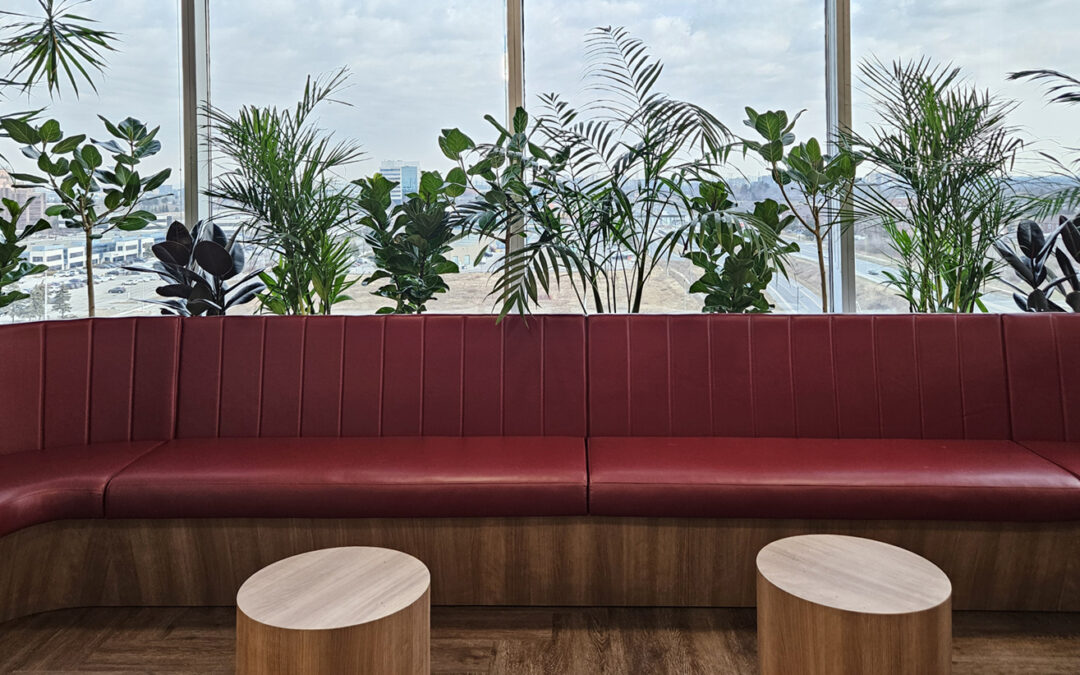Biophilia at Work: How Indoor Plants Can Transform Your Office
In today’s fast-paced, screen-filled work environments, it’s easy to feel disconnected—from ourselves, from each other, and especially from nature. But what if something as simple as adding a few plants to your workspace could make a real difference?
Welcome to the world of biophilia, and its growing impact on modern offices.
What Is Biophilia?
Biophilia, meaning “love of life,” is the idea that humans have a natural, hardwired connection to nature. First popularized by biologist Edward O. Wilson, the concept suggests that we thrive when we’re surrounded by elements of the natural world—trees, plants, sunlight, water, and fresh air.
For the average office worker, that connection is often missing. Fluorescent lights, white walls, and artificial air are the norm. That’s where indoor plants come in—not as decoration, but as a pathway back to wellness, creativity, and productivity.
Why Indoor Plants Matter in the Workplace
You don’t have to turn your office into a jungle to feel the benefits of biophilic design. Even a few strategically placed plants can make a noticeable impact. Here’s how:
1. Reduced Stress & Anxiety
Studies show that simply looking at greenery can help lower cortisol levels (your stress hormone). Having plants nearby creates a calming effect, helping you feel more relaxed—even during busy workdays.
2. Boosted Productivity
Research from the University of Exeter found that employees working in offices with plants were 15% more productive than those without. The presence of nature seems to improve focus, attention span, and overall cognitive function.
3. Improved Air Quality
Many indoor plants—like Schefflera, Snake plants, and Pothos—help purify the air by removing toxins and increasing oxygen levels. Cleaner air means fewer headaches, less fatigue, and better overall well-being.
4. Enhanced Creativity & Morale
Greenery sparks inspiration. Having live plants in the workspace has been linked to greater creative thinking and problem-solving abilities. Plus, it simply makes people happier.
5. A More Inviting Environment
Aesthetics matter. A plant-filled office feels more welcoming, warm, and alive. It’s good for team morale—and for making a great impression on clients and visitors.
Easy Ways to Bring Plants Into Your Office
You don’t need a green thumb or a big budget to add biophilic touches to your workplace. Consult a professional interior landscape contractor who will work with you to design your green office. Here are a few options to consider:
-
Desk Plants: Try small space saving plants such as Pothos, ZZ plants, or snake plants.
-
Communal Green Spaces: Add larger potted plants like Umbrella trees or Fiddle-leaf Figs to shared areas.
-
Hanging Planters: Save space and add visual interest with hanging ivy.
-
Living Walls: If you’re going big, consider a vertical garden for a striking (and purifying) focal point.
-
Rotating Seasonal Plants: Swap in flowering plants throughout the year for fresh energy and variety.
Biophilia Isn’t Just a Trend—It’s a Strategy
More companies are investing in biophilic design as part of employee wellness initiatives—and with good reason. From Google’s plant-filled campuses to co-working spaces with indoor gardens, the corporate world is recognizing that happier, healthier employees are also more engaged and productive.
Indoor plants are one of the simplest, most cost-effective ways to introduce biophilia to your office. They’re not just “nice to have”—they’re a powerful tool for building a more human, vibrant, and sustainable work environment.
Final Thought
Incorporating plants into your office is more than an aesthetic choice. It’s a return to something essential: our connection to nature.
So go ahead—add that ivy to your desk, or convince your boss to bring in a few palms for the lobby. Your brain, your lungs, and your team will thank you.

